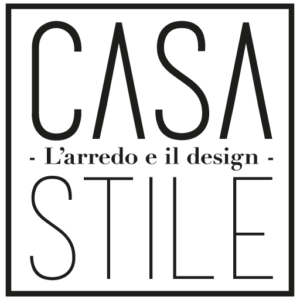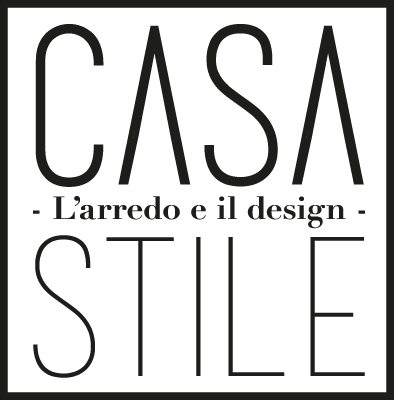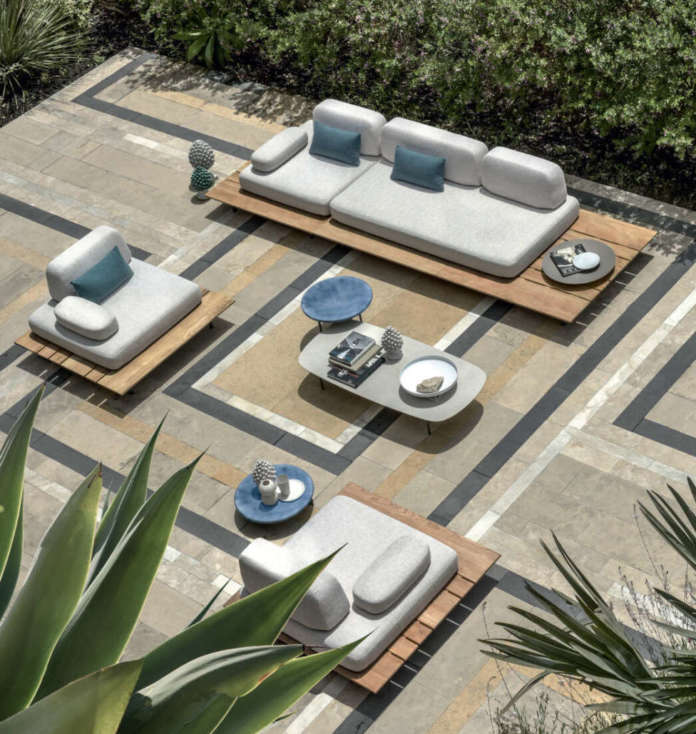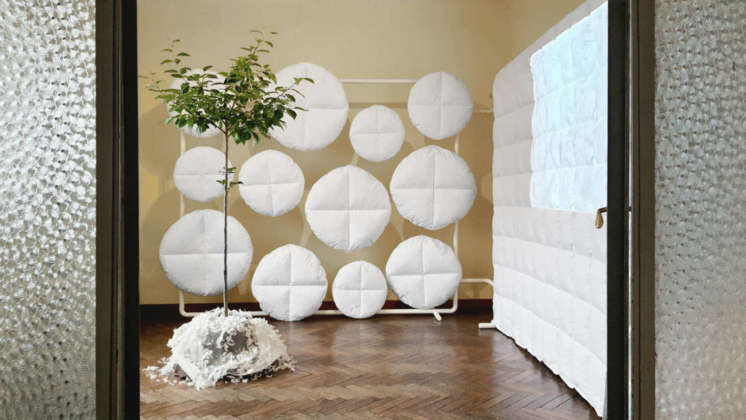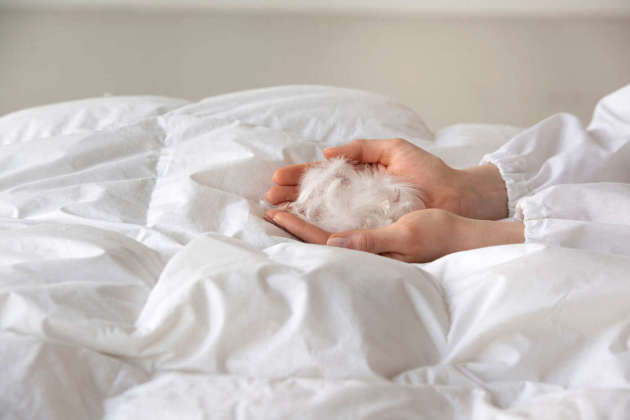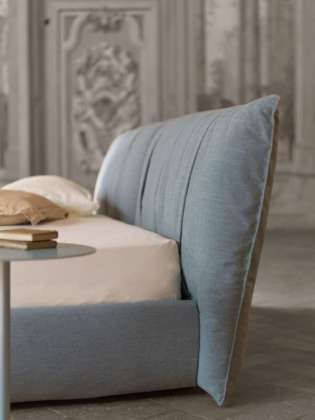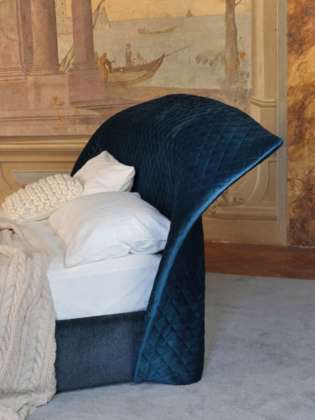Ilaria Marelli’s relationship with textiles did not begin recently. In fact, it started at the beginning of her career with her professional collaboration with Cappellini to be precise, when the the Research&Development department– in parallel with the “structural” part of the products – was researching new materials and new finishes to add personality to the designers’creations. But Marelli’s interest in this sector is not only based on professional reasons, it is also biographcal. «An important role -she says- was played by the atmosphere in Como which has always been associated with research into textiles for both fashion and furnishings, I had the opportunity to visit production places in person, I also lived in Cernobbio for a few years which allowed me to become a regular at Proposte, the most important trade fair for furnishing textiles. Furthermore, I have always been passionate about researching textiles, during my career this has led me to work as a consultant for design companies, help them to complete their range or choose new patterns or colours for products I have designed».

In what way can textiles play a role of primary importance in today’s furnishing design projects?
«It is soft design for everything, I’m referring to sofas, armchairs, beds as well as cushions, curtains and bedlinen, -explains Marelli- the choice and quality of the textiles is one of the elements which can make a difference to the presentation and narration of a product. New patterns, weaves, colours and finishes add personality and character. Two recent examples: in the Calipso project for Ethimo the decision to choose a bouclé fabric- typically used in interiors – for an outdoor product, added a different kind of appeal to the product, more comfortable and cosy in a certain way, or the use of “fashion” quilting on the headboard of the Iris bed – an iconic bed from ENuit21, was one of the details which helped this new brand a secure a sartorial positioning within the bedding market».
And the consumer? Is the consumer aware of how textiles can enrich an interior? How does a designer communicate this potential?
«Furnishing textiles, except for bed and table linen, is traditionally almost exclusively communicated via the BtoB channel: textile producers talk to furnishing companies, architects and designers. Today, I feel that it is important to present the product and the production to the consumer who is increasingly interested and eager to understand how things around them are made, and so the processes resulting in the final product. This is a much more strategic decision for the industry. On the other hand, on a “visual” level the world of furnishing textiles often borrows the ability to introduce and present itself from the different nuances of the world of fashion: from performance-related textiles (which reference sportswear) to textiles more related to nature (which borrow language from eco-fashion) to more style-oriented textiles (the world of fashion editors) and so on: it is as though fashion amplifies the message within the world of textiles, obviously from a slower perspective given that the end product is a complementary object which stays in our house not just for the season but for several years».
Today, the quality of a product increasingly derives from the choice to implement eco-sustainable production. In your opinion, how far is this awareness present within the sector?
«In recent years, the issue of sustainability is very relevant to producers of materials for furnishings, especially textiles, and from my experience I can say that as far as the Italian companies I have worked with are concerned, it’s hardly ever about greenwashing as sometimes happens, particularly with the finished product. Research and innovation which begins with recycled or recyclable yarn or bio-degradable fibres is undoubtedly serious research– but that’s not all. Whoever produces in Italy also works more on sustainable processes: solar panels as support for energy aspects, reduction in the use of water and an increasingly responsible use of resources. Vice versa I admit that when talking about the end product, the phrase “a more ecological product” is often used because some of these textiles are used – when the product itself is not made to be disassembled so that the single materials can be recycled. Let’s not forget that polyurethane fabric and polyurethane wood bonding is still the most widespread system in use for making padded products, so the use of a more “sustainable” fabric in this instance does not really affect the sustainability of the end product. Working towards an awareness of the need to switch to greener padding is the next step I am taking in my recent professional collaboration with Assopiuma for years they have been actively involved in this issue as in the closely related area of product traceability».

Ilaria Marelli

Architect and designer, Ilaria Marelli, following a 5-year working relationship with Cappellini, founded ilaria marelli design, where she started working on ideas whih were simultaneously emotional, experimental and sustainable, with a 360˚ approach to design: art direction, strategy, interior decor, product design. She works with international companies such as Ethimo, Tivoli Audio, Cappellini, Nemo, Fiam, Zanotta, Olivieri, Slide, Horm, Casamania, IVV, MADE.com, E&Y, Coro, Nic Design, Coin, on the creation of products and collections, alternating her interest in mass production with the development of one-off pieces for international exhibitions. She also does displays and interior design associated with the world of fashion and design, in fact she has curated the art direction of entire exhibition areas at Pitti since 2006, and she designs concept stores and showrooms in Europe, Japan, China, the United States, co-ordinating every stage of the project from concept to creation. A Design teacher at Naba in Milan, she received the Alumni Polimi Award and the Milano Donna award for her work in the field of design together with her sensitivity towards the social aspects of design.
